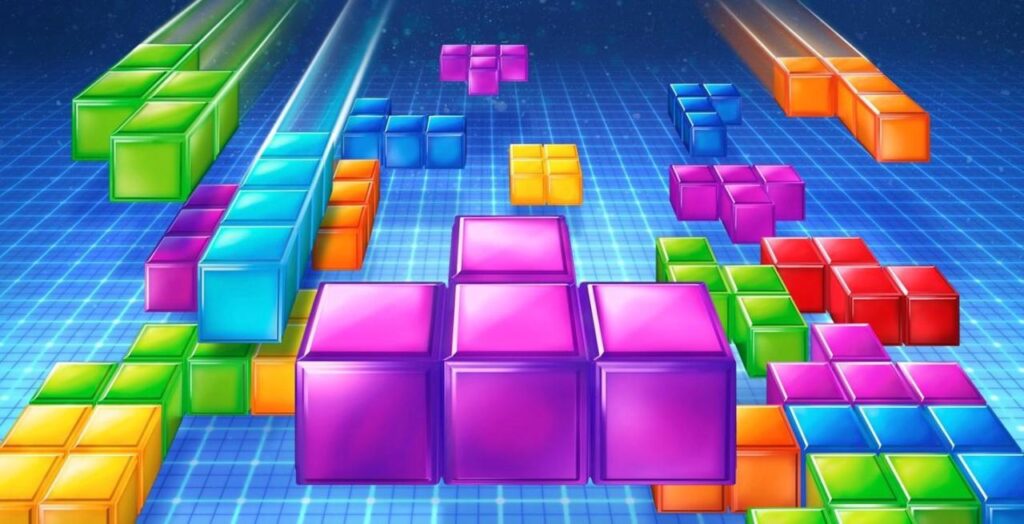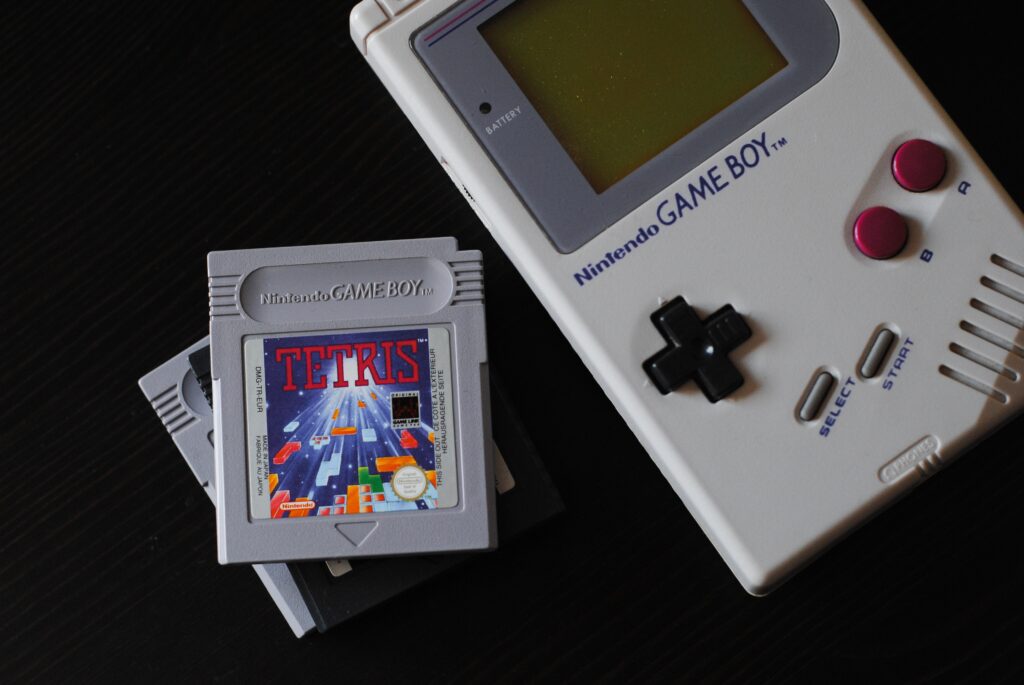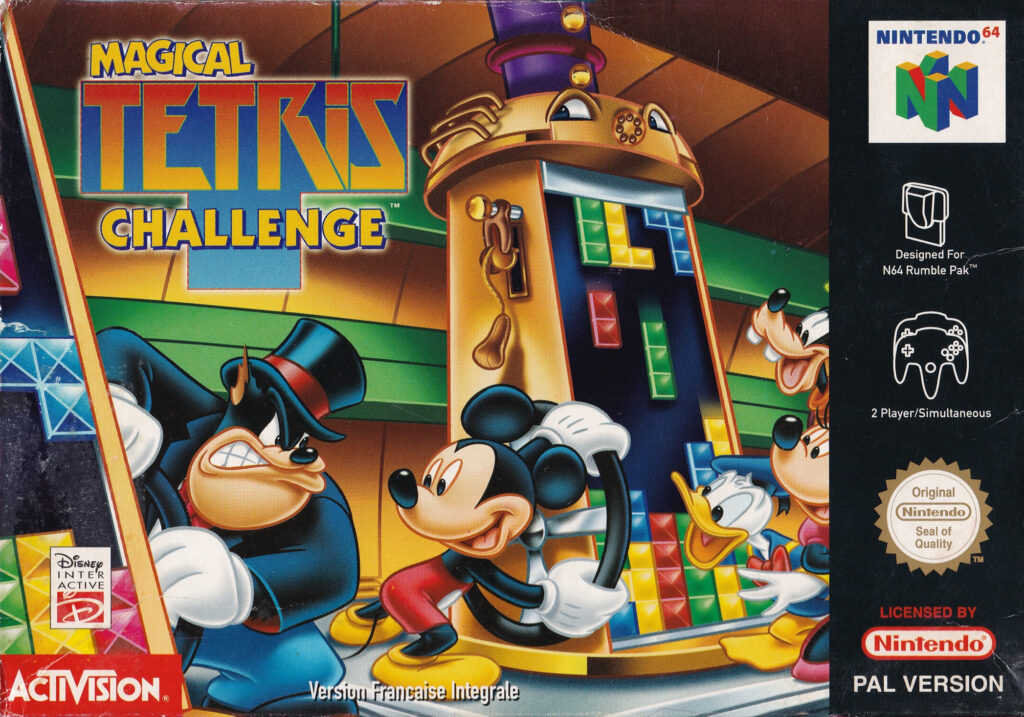Tetris: History, Review and Best Versions

Tetris. Not only the game that cemented Nintendo’s handheld Game Boy console at the top of every kid’s Christmas wish list in 1989, but the second most successful video game franchise of all time. Since launching in 1988, this addictive puzzle game has sold in excess of 495 million units.
Although Tetris found its glory on the Game Boy, the story began in the USSR almost 10 years earlier…

From Russia with love
It might be synonymous with the Game Boy, but the story of Tetris dates all the way back t0 1979. A young Russian software engineer called Alexey Pajitnov joined the Computer Center of the Soviet Academy of Sciences. Not exactly sticking to his day job as a speech recognition researcher, Pajitnov began developing simple puzzle games. His game was born in 1984. Pajitnov attempted to create a computer program based on a puzzle he had played as a child.
Programming was done on an obscure Russian computer called the Elektronika 60. With no graphical capability, it used words instead of blocks. Despite this rudimentary design, the concept proved very addictive. Colleague Dmitry Pavlovsky helped, as did young programmer Vadim Gerasimov, a specialist with PCs. It was then distributed between friends…
Why call it Tetris?
It’s simple really: those small blocks are called tetrominoes. These are a basic geometric shape, made up from four connected squares. With seven variations, the blocks can be stacked together and when a row of blocks is completed, it disappears. Complete four rows in one shot, and you have a Tetris. This is the quickest way to earn a high score.

The Game Boy’s killer app
Nintendo secured the licence to release Tetris on the Game Boy in 1988. It was the game that everybody wanted, on its brilliant new handheld console. It was a smash hit. Rather than shy away from the game’s Russian heritage (as a few earlier versions had done), Nintendo played up on it, introducing catchy Russian folk songs.

A suitable follow-up?
Can you improve on puzzle perfection? Various sequels launched on the Game Boy, including Tetris 2, Tetris DX – both of which added in new modes and challenges. Spin-off games such as Tetris Attack on the Super Nintendo and Magical Tetris Challenge (which added Disney characters) in arcades, on N64, Game Boy Colour or Playstation, also expanded on the original game’s limited theme.
With versions on more than 65 different platforms (including the iPod), Tetris holds the Guinness World Record for being the most ported game in history. While follow-up games would prove moderately successful, it would be the move to the mobile arena that would catapult it further into the record books.
Entering the mobile era
Not only did it inspire a whole genre of block-based puzzle games, Tetris also found unrivalled success in the mobile app arena. If you think the 70 million physical copies of the Game Boy original is impressive, think again. A mighty 130million digital downloads have been racked up. You can even play Tetris for free on the official website today.

